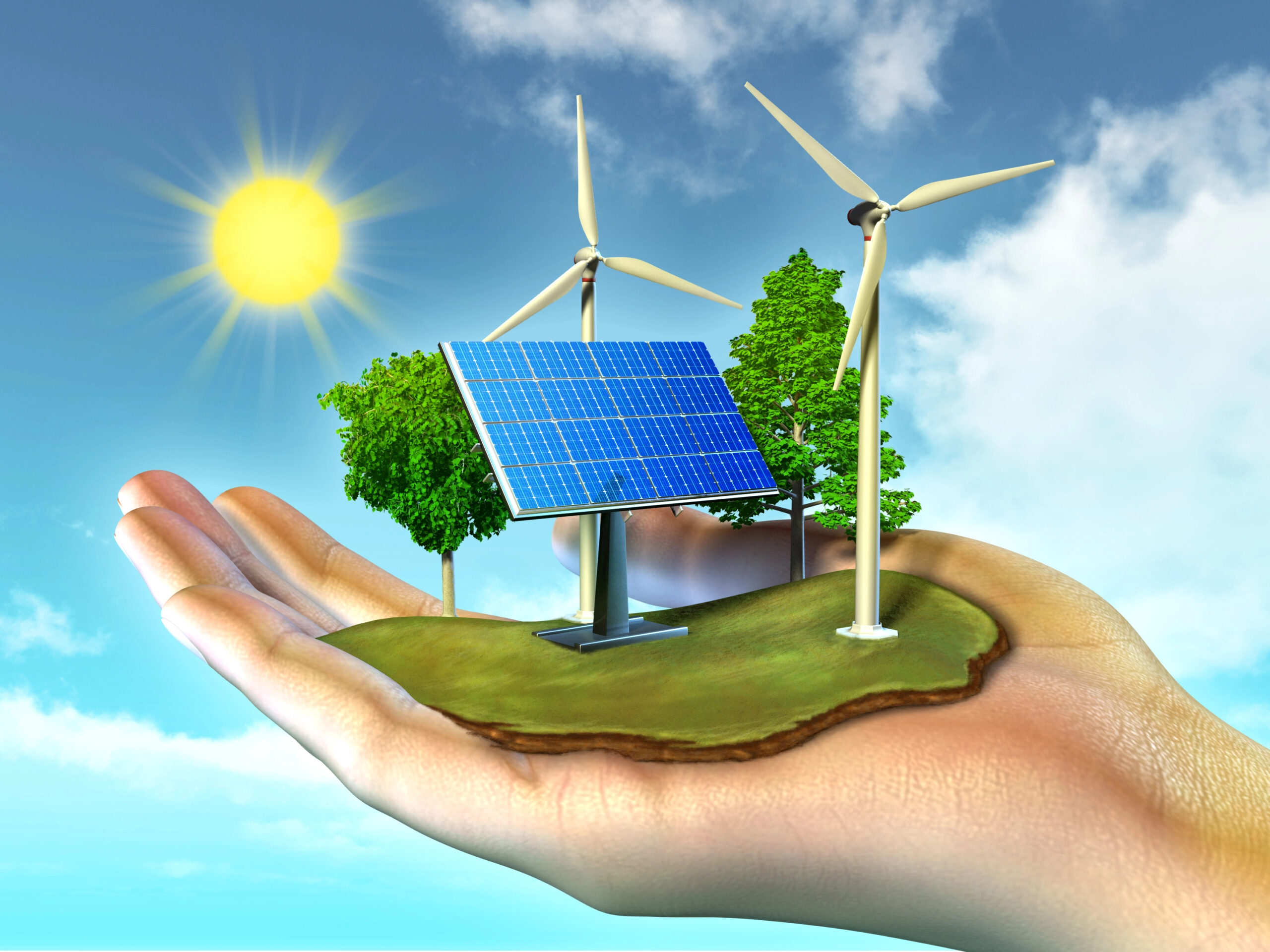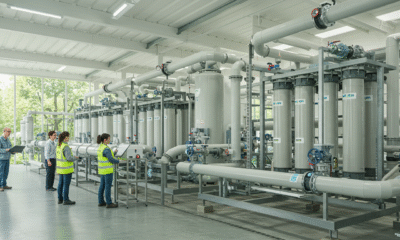There are many things that you have to take into consideration when you are trying to run an eco-friendly business. One of the most important things to think about is your energy options.
More green businesses are using renewable energy services to lower their carbon footprint. The market for green energy will be worth $2.4 trillion by 2032.
Choosing the proper renewable energy option may be difficult for companies. This is crucial for lowering your carbon footprint and saving money.
One typical quandary is choosing between on-site and off-site Power Purchase Agreements (PPAs). Both alternatives offer significant benefits, but which is best for your business? Let us break it down.
What are On-Site and Off-Site PPAs?
On-Site PPA: Energy is produced on the business’s site, often using solar panels or wind turbines.
Off-site PPA: Energy is produced at a distant location and supplied to the grid.
While both forms of PPAs require the purchase of renewable energy, their operating mechanics vary dramatically. In an on-site PPA, the energy produced on the business premises is usually utilized directly by the firm, resulting in immediate savings on energy costs.
This option is best suited for businesses with ample space, such as substantial warehouses or industrial facilities, that wish to actively control their energy output. Off-site PPAs, on the other hand, are long-term contracts with renewable energy providers that enable firms to buy electricity from a distant place, frequently thousands of miles away, via the grid. This concept may be useful for companies in places where establishing renewable energy infrastructure is impossible or costly.
Benefits of On-site PPAs
Energy Independence: Businesses produce their own electricity, minimizing dependency on the grid. On-site PPAs provide energy independence that goes beyond just lowering dependency on the grid. It also gives companies more control over their energy output and prices.
Companies that generate their own electricity may avoid fluctuating energy costs and benefit from predictable, steady energy rates. Furthermore, controlling the energy infrastructure enables firms to match energy production with their sustainability objectives, supporting long-term environmental responsibility.
Tangible Sustainability: Having renewable energy infrastructure on-site shows a clear commitment to sustainability. An on-site renewable energy system may be an effective marketing tool for demonstrating a company’s dedication to sustainability. This physical display of green energy utilization appeals to consumers, investors, and other stakeholders that value corporate social responsibility.
Furthermore, demonstrating renewable energy solutions in action may help recruit workers who care about environmental concerns, therefore integrating the company’s internal culture with its public image.
Reduced Transmission Costs: On-site generating removes the requirement for grid fees. When a firm creates its own renewable energy on-site, it avoids the high expenses of grid transmission and distribution.
Utility providers often pass on transmission costs to customers, making on-site energy generating a more cost-effective long-term alternative. Furthermore, by avoiding these grid fees, companies may directly reduce their total energy costs, which contributes to improved financial performance.
Advantages of Off-site PPAs
Scalability: Off-site PPAs provide access to bigger renewable energy projects that may not fit on-site. Off-site PPAs allow enterprises to increase their renewable energy capacity in ways that are not achievable with on-site alternatives. Wind farms and solar arrays are examples of large-scale renewable energy installations that need a lot of land or space.
These projects may be far bigger than what is possible on-site, enabling businesses to access a wider spectrum of renewable energy sources. This scalability implies that companies may increase their renewable energy usage as their activities develop without being constrained by physical limitations on their land.
Flexibility: Businesses may receive renewable energy even if they don’t have the room or resources to install it on-site. Off-site PPAs allow many firms to pick from a greater range of energy sources. These agreements may be tailored to the exact energy requirements of the company, whether it’s a solar farm in a sunny location or a wind project in a windy one.
Furthermore, off-site PPAs often have more flexible contract terms than on-site installations, enabling firms to adjust to changes in energy use or business requirements. Because of their flexibility, off-site PPAs are popular among businesses that lack the means or space to develop their own on-site renewable energy systems.
Cost Efficiency: Off-site projects can benefit from economies of scale, which lower total costs. Off-site PPAs can provide more competitive pricing than on-site systems due to economies of scale. Large-scale renewable projects benefit from bulk production, which reduces costs per unit of energy produced.
Additionally, firms who sign off-site PPAs may benefit from cost reductions resulting from renewable energy providers’ common infrastructure and knowledge. These reductions may make off-site PPAs an appealing choice for enterprises with limited resources to invest in upfront infrastructure or those looking for long-term financial stability.
Key Considerations for Your Business
Space Availability: Do you have enough physical space for on-site infrastructure?
Energy Needs: Can an on-site solution provide enough energy to suit your needs?
Budget: Are you willing to pay the initial expenses of on-site installations, or would an off-site solution be more cost-effective?
The Environmental Impacts of Each Option
Aside from financial and logistical considerations, companies should think about the environmental effect of their on-site vs off-site PPA options. On-site PPAs often result in rapid savings in carbon emissions since energy is produced and used in the same spot, minimizing the need for substantial transmission infrastructure.
Off-site PPAs, on the other hand, promote larger renewable energy projects that help to dramatically reduce carbon emissions from the electricity system. Both approaches offer distinct environmental advantages, and the decision is primarily dependent on a company’s sustainability objectives and dedication to decreasing its carbon footprint.
There is no one-size-fits-all solution to the on-site vs off-site PPA argument. Assessing your company’s energy requirements, objectives, and resources is critical to making the best decision.


 Environment10 months ago
Environment10 months agoAre Polymer Banknotes: an Eco-Friendly Trend or a Groundswell?

 Environment11 months ago
Environment11 months agoEco-Friendly Home Improvements: Top 7 Upgrades for 2025

 Features8 months ago
Features8 months agoEco-Friendly Cryptocurrencies: Sustainable Investment Choices

 Features10 months ago
Features10 months agoEco-Friendly Crypto Traders Must Find the Right Exchange































